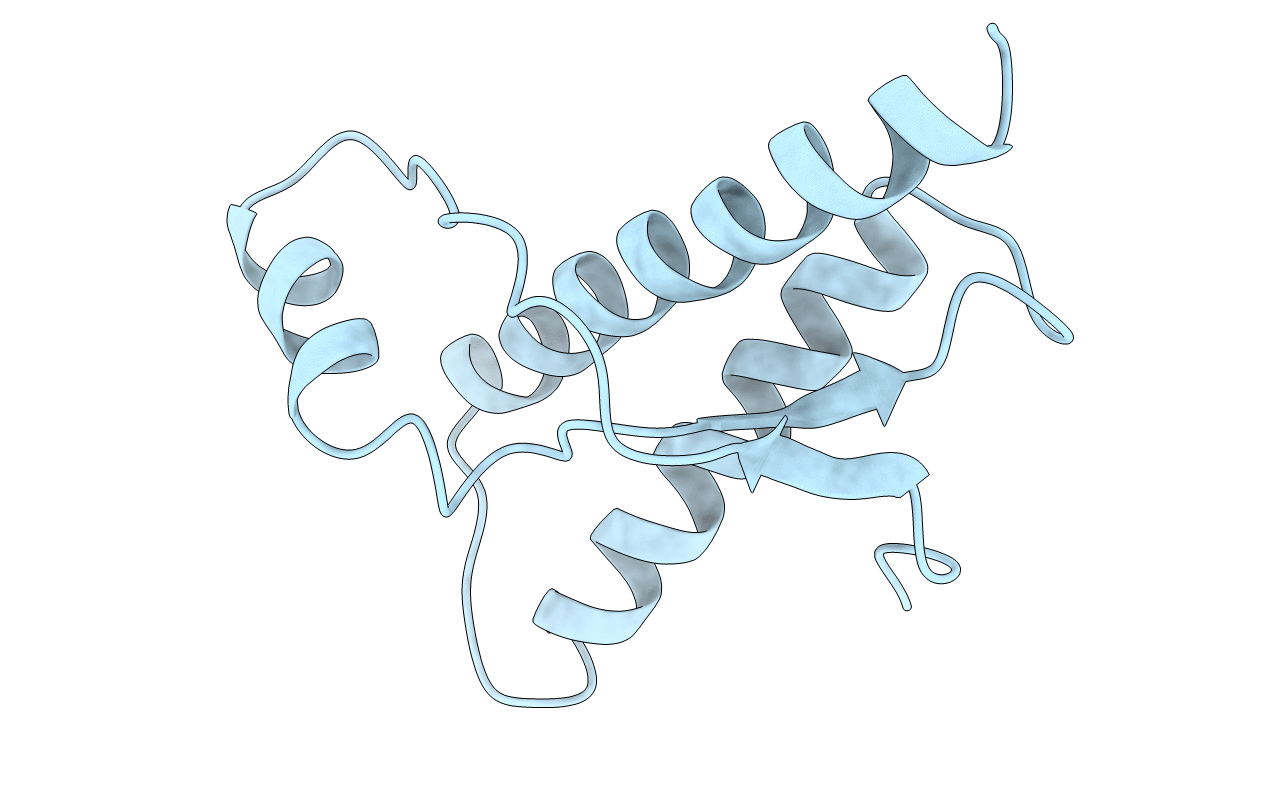
Deposition Date
1999-12-15
Release Date
2000-07-20
Last Version Date
2024-10-16
Method Details:
Experimental Method:
Conformers Calculated:
50
Conformers Submitted:
1
Selection Criteria:
LEAST RESTRAINT VIOLATION


